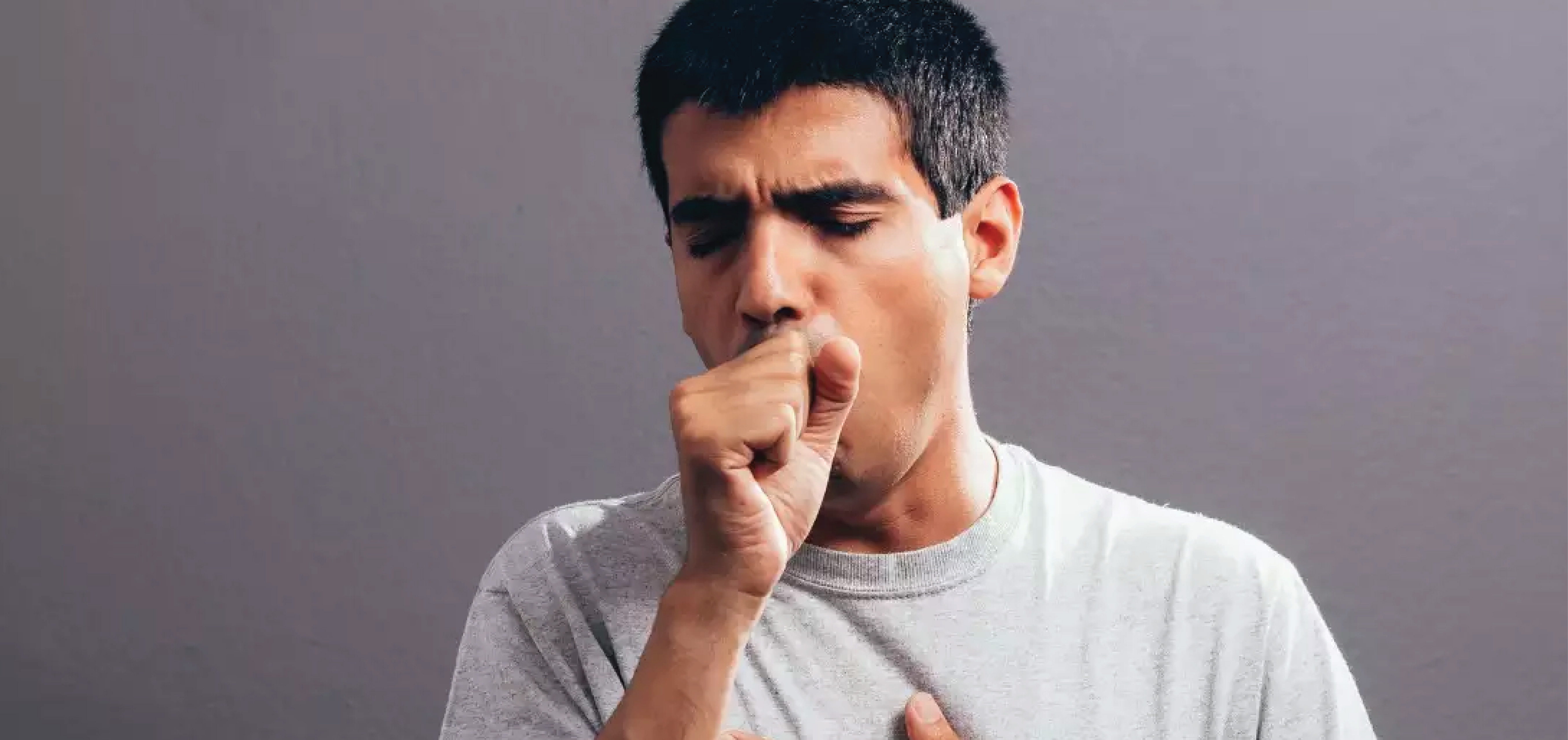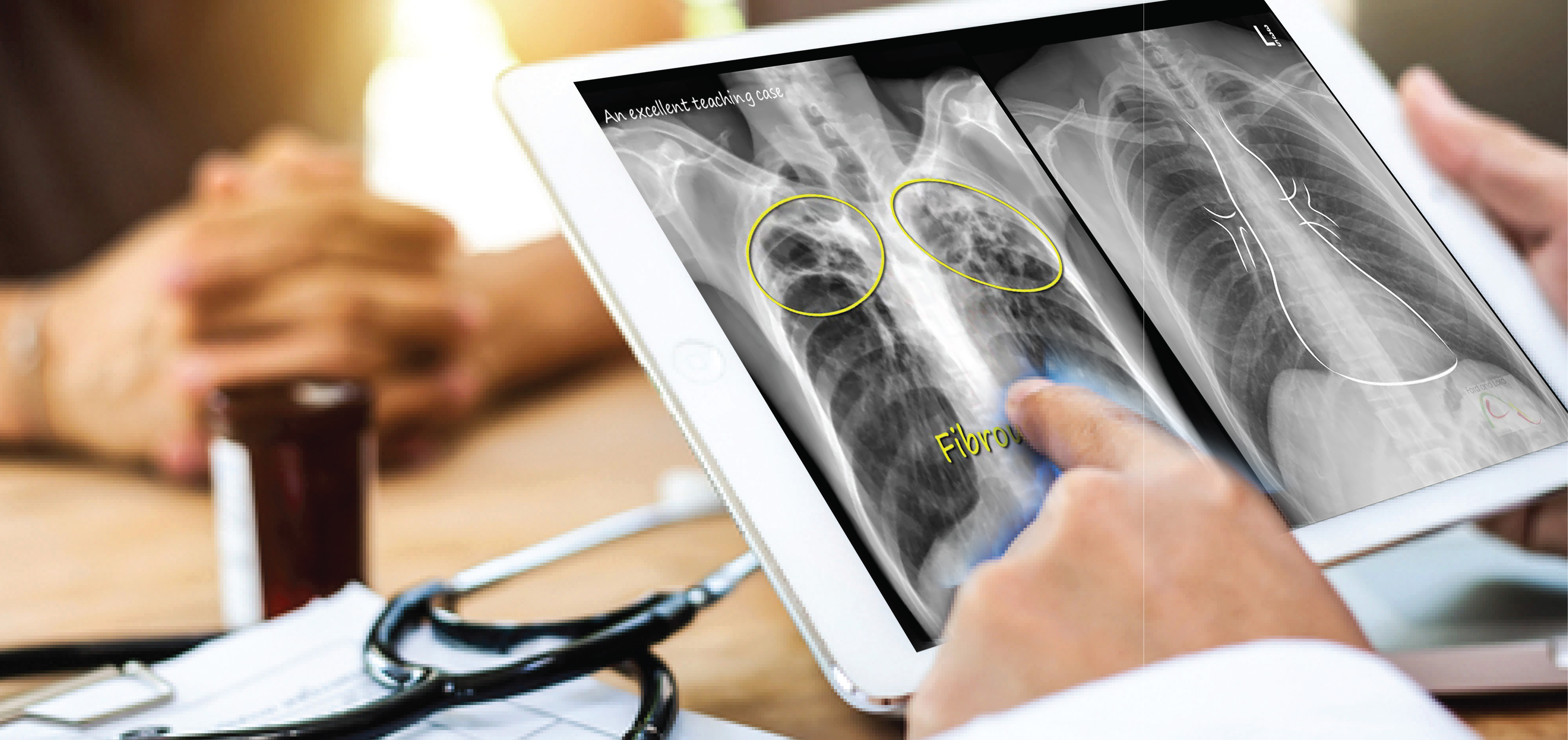Tuberculosis (TB)

What is Tuberculosis (TB)?
TB is a potentially serious infectious bacterial disease caused by a bacteria called MYCOBACTERIUM TUBERCULOSIS. If the immune system can’t stop TB germs from growing, TB germs begin to multiply and cause TB disease.
TB germs can attack any part of the body such as kidney, spine or brain but usually attack the lungs.
How does TB spread?
It spreads through air when a person with TB (whose lungs are affected) coughs, sneezes, spits, laughs or talks.
What happens if I get infected with TB?
If you get infected with TB, you probably will not get sick right away. Instead 1 of 2 things might happen:
Your body's infection fighting system, called the immune system, might kill off the germs that cause TB. If that happens, you will not get sick with TB.
Your body's immune system might be able to control the germs but not completely kill them off. This is called "latent TB." People with latent TB do not get sick right away, but they can get sick later on. People who are sick with TB have what doctors call "active TB.”
What are the symptoms of active lung Tuberculosis?
- Cough for 2 weeks
- Fever for more than 2 weeks
- Blood in sputum anytime
- Loss of weight
- Loss of appetite
- Night sweats
Who is at risk of developing TB infection?
- TB may develop on contact with a person who has TB
- People born in or travel frequently to countries where TB disease is common.
- Health care workers and others who work/live in places at high risk for TB transmission.
- Those with medical conditions that weakens the immune system
- Children ,especially those under age 5,have a higher risk of developing TB once infected.
What are the tests conducted to diagnose active Tuberculosis?
There are various tests: Sputum smear microscopy, Chest X -ray, CB-NAAT test or Gene Xpert, CT scan. In some cases the doctor may also advice Bronchoscopy test to take samples from inside your lungs.

What are the various type of Tuberculosis?
Tuberculosis can be of various types depending on the drugs which will act on it.
- Drug Sensitive TB (DR-TB)
- Multi Drug Resistant (MDR) TB in which 2 basic drugs called Rifampicin and Isoniazid do not work
- Extensively Drug Resistant (XDR) TB in which apart from Rifampicin and Isoniazid, Injectable drugs like Kanamycin/Amikacin ,Fluoroquilones like Levofloxacin and Moxifloxacin also do not act on the germs.
How is TB cured?
Tuberculosis is generally cured by a combination of multiple medicines
Depending of the Type of TB, doctors will prescribe medicines. It can be oral medicines or a combination of oral and injectable medicines
Rarely a surgery may be required in complicated cases.
What are the side effects of the medicines?
The medicines might have one/multiple side effects as below:
- numbness or tingling sensation
- red discoloration of teeth, sweat, urine, saliva, and tears
- nausea, vomiting, stomach pain
- mild rash or itching
- Joint/muscle pain.
Duration of TB treatment?
For DR-TB the duration is generally 6-9 months
For MDR & XDR Tuberculosis, the treatment is generally 18-24 months
Please do not stop your medicines without consulting your doctor
How to prevent TB from spreading to other people?
- Take medicines as prescribed.
- Always cover your mouth with a tissue when you cough,sneeze or laugh. Seal the used tissue in a closed bag and dispose it.
- Avoid close contact
- Do not go to school/work till the time the doctor advices to do so
- Stay in a ventilated room
What is Latent TB Infection (LTBI)?
Most people who inhale TB germs and get infected, their immune system is able to fight and stop them from growing. The germs become inactive, but remain alive and might get active later when immunity goes down. This persistence of germs in the human body in an inactive state is called as Latent TB infection. LTBI can be detected by 2 tests namely Mantoux test and Interferon Gamma Release Test (IGRA). In Endemic country like India, it is common to have Latent TT infection.
Symptoms of people with LTBI
- Might have no symptoms
- Don’t feel sick
- Can’t spread TB germs to others
- Will have a positive TB test result
- May develop TB disease if not treated.
What is the difference between TB and LTBI?
‘There are important differences between latent TB infection (LTBI) and TB disease. Knowing the differences can help you understand what to expect if you have LTBI or TB disease. The table below explains these key differences side by side.
| A Person with Latent TB Infection (LTBI) | A Person with TB disease |
|---|---|
| Has a small amount of TB germs in his/her body that are alive but inactive | Has a large amount of active TB germs in his/her body |
| Has no symptoms | Has symptoms that may include
|
| Cannot spread TB germs to others | May spread TB germs to others |
| Does not feel sick | May feel sick and may have symptoms ‘such as a cough, fever, and/or weight loss |
| Usually has a positive TB skin test or TB blood test indicating TB infection | Usually has a positive TB skin test or TB blood test indicating TB infection |
| Has a normal chest x-ray and a negative sputum smear | May have an abnormal chest x-ray, or positive sputum smear or culture |
| Should consider treatment for LTBI to prevent TB disease | Needs treatment for TB disease |
Do my family members need to be tested if I develop the disease?
All the close contacts of the positive patient living in the same house should be screened for symptoms of Tuberculosis. All symptomatic people, all children less then 5 years oldandall people who are immunocompromised should be investigated with Chest Xray and other relevant tests to detect Tuberculosis.
 Call For Appointment
Call For Appointment